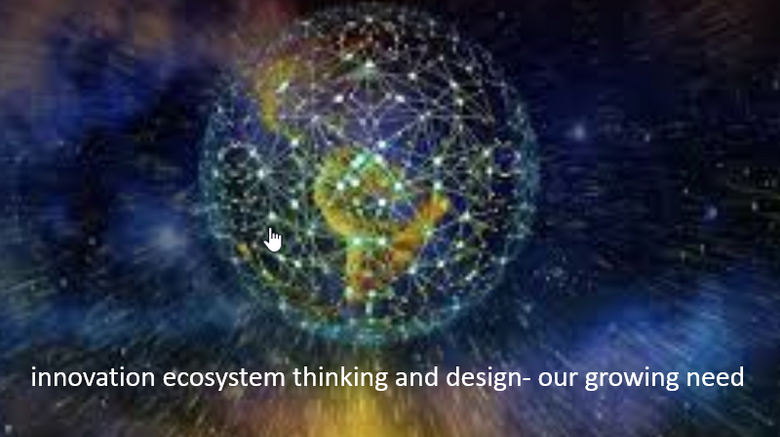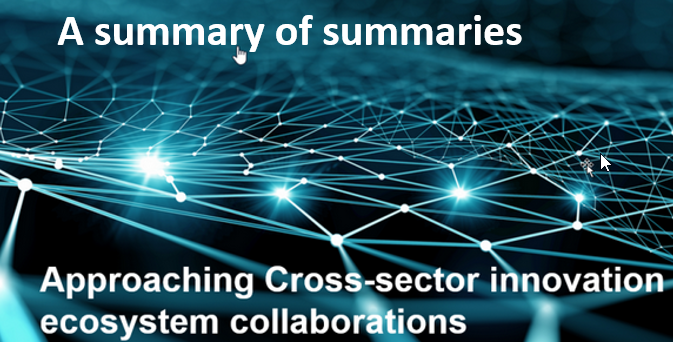
Much of business today is caught up in managing short-term change that is growing in complexity and challenges.
So the challenges in the past year have been highly focused on supply chain disruptions, plugging gaps in technology solutions that can provide a higher flexible, agile, and advanced planning and production environment and continue to keep moving towards securing a more sustainable future that reflects the need to become carbon neutral, net zero.
Yet disruption is increasing; we are in a volatile world of constant change.
Today’s systems are highly stretched and have been designed and built for a steady, repeating business, the era of yesterday. Flexibility, agility, and adaptability have yet to be addressed sufficiently in design or mind shifts for our present and future operations to provide a different, more agile operating environment. Consistently has been the norm, whereas today it reacts to constant change coming from multiple, often unpredictable situations.
We need to change how we operate.
Continue reading



